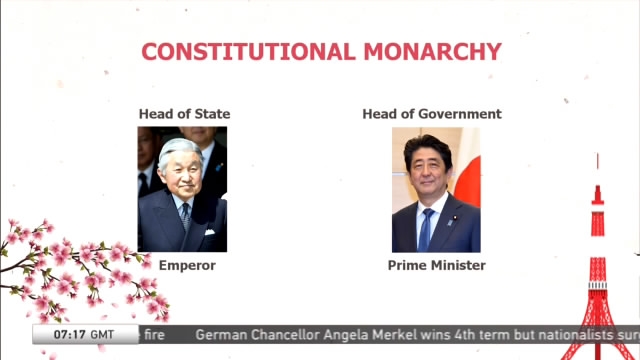
15:34, 25-Sep-2017
Japan Snap Election: Understanding Japan's political structure

Why is this snap election important and how is Abe taking advantage of this? Before we get into that and its possible outcomes, here's what you need to know about Japan's political structure.
Japan is considered a constitutional monarchy with a system of civil law, in which the emperor acts as the head of state, and the Prime Minister -- the head of government and Cabinet.
Like the United States, Japan has three power branches. The Prime Minister leads the government as the executive branch. Judicial power is vested in the Supreme Court and lower courts. And legislative power is vested in the National Diet, which consists of the House of Representatives -- the lower house, and the House of Councillors---the upper house.
The lower house has 480 seats, and each representative has a tenure of four years. In the upper house, a total of 242 councillors work as lawmakers with a six-year tenure. The Prime Minister only has the power to dissolve the lower house for a snap election. Because the position of prime minister is usually taken by the leader of majority party in the Diet, Abe needs to secure a two-third majority in the snap election for his party if he wants his future policies to be adopted smoothly.

SITEMAP
Copyright © 2018 CGTN. Beijing ICP prepared NO.16065310-3
Copyright © 2018 CGTN. Beijing ICP prepared NO.16065310-3